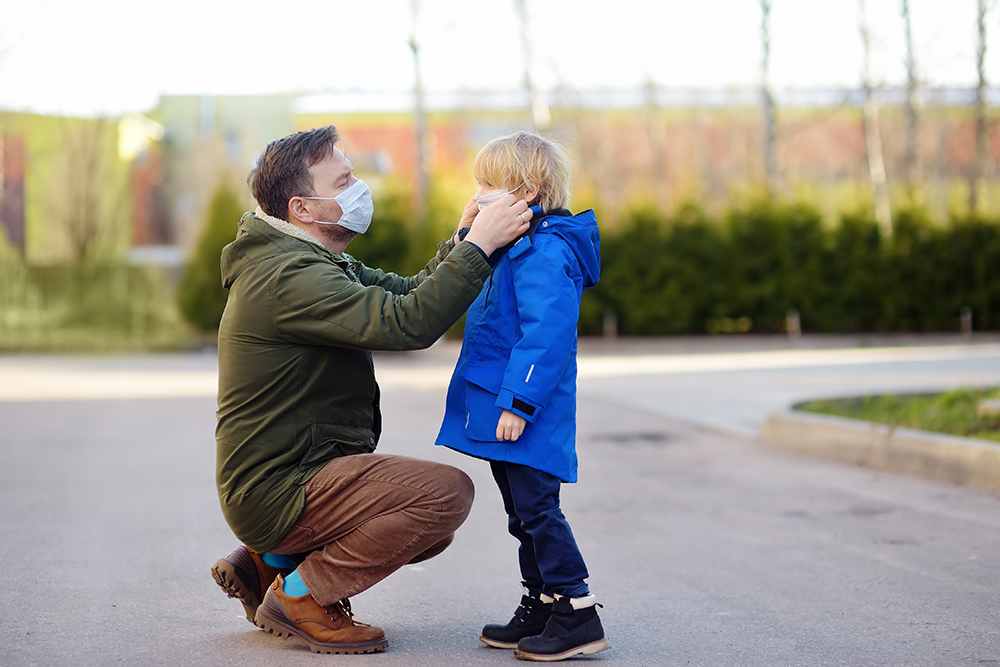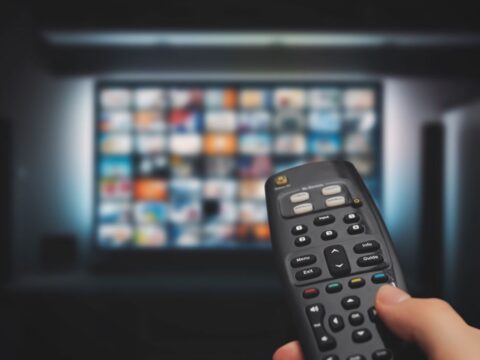The Impact of COVID-19 on American Consumers
The outbreak of COVID-19 has drastically changed the world we live in and continues to transform our day-to-day lives in ways that were once unimaginable.
At its onset, many of us thought our “new normal” was only temporary. But, as the chips keep falling, the magnitude of the situation is becoming more and more palpable. While we can only guess what the lasting effects of this pandemic will look like, we can try to understand how people feel now, to be of assistance in the short-term, and start to plan for the long-term.
To that end, MRI-Simmons fielded a study dedicated to examining the attitudes and behaviors that have arisen among American consumers as a result of the pandemic, as well as those that will continue well beyond the “end” of COVID-19.
Overall, 86% of Americans claim to be very or somewhat affected by the COVID-19 pandemic, and 84% feel that it will change the world as they know it. About one-third (34%) belong to a subset of people who are ‘Nervous’ and identify with the statement, “My world is forever altered, and I feel uneasy.” This segment has been emotionally hit the hardest by the outbreak and are least likely to go back to their old ways in the future. The remaining majority fall into the ‘Accepting’ category, who identify with the statement, “I believe in fate, and that whatever is meant to be, will be.” This group has a more positive mindset and feel like they will bounce back when the time comes.
As a response to the crisis, feelings associated with anxiety are especially magnified among the Nervous group. Compared to total adults, they are at least 1.2 times more likely to have increased anxiety as a result of health news and to feel depressed by mandated social distancing measures. This crisis has not only changed the way they act but has also put an unexpected strain on their outlook toward life. In fact, 86% now expect that there will be another epidemic/pandemic in the future. One may guess that if asked this question several weeks ago, many wouldn’t have batted an eye about the possibility of it happening in their lifetime, nonetheless in the next 30 days.
In the meantime, Americans are craving their old lives back. Whether it be shopping without protective gear, watercooler conversations with coworkers, family birthday parties or getting a simple haircut – these everyday occurrences that at one time seemed mundane are now more enticing than ever. But, when it comes to the idea of returning to “business/life, as usual,” many Americans are going to need some form of reassurance, especially those belonging to the Nervous segment. While clearance from federal/state governments and regional lifts on bans will be enough for about half the population, the Nervous group are going to require more health-related evidence before they’re back up and running. Fifty-six percent need to see a noticeable decline in cases; 51% want clearance from health professionals, and 38% would like to hear news of possible treatments/vaccines before resuming normal activities.
Even after this acute stage of the crisis is over, many Americans plan to continue with mitigation behaviors. At the very least, 42% of Americans will take their health more seriously and 68% will continue to wash their hands more often. The Nervous group will be especially conscientious, as their plans to continue social distancing will continue despite a “return to normal” societal mindset. For example, half say they plan to shy away from large crowds; 35% won’t travel internationally, and almost one-third (31%) will skip using mass transit.
When looking at a post-COVID world, those who fall into the Nervous group will be the most difficult for companies to court back into the public realm. Their past “must-haves” may now be deemed unnecessary as newfound “essentials” take precedence. When looking ahead 12 months, 40% of this group anticipate they’ll personally be worse off financially then they are now, and 51% feel the economy will be in decline as well (compared to 18% and 33% of the Accepting group, respectively). Due to these stark differences in viewpoints, companies will have to strategize new ways to stay relevant and top-of-mind while showcasing where they fit into both consumers’ new normal. By understanding consumer mindsets now, they can be more prepared to reach them when – and how – it counts.
To learn more about American's attitudes and behaviors around the current coronavirus crisis, download our COVID-19 Consumer Insights Study today.



